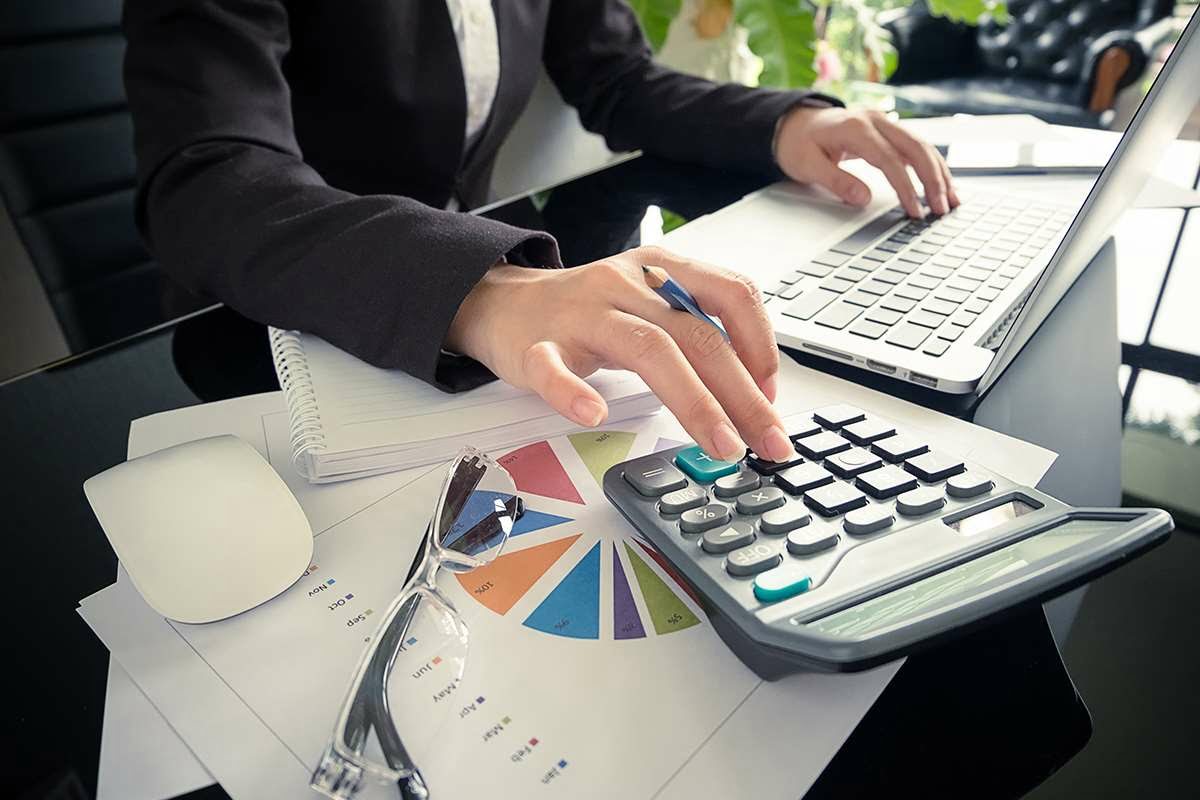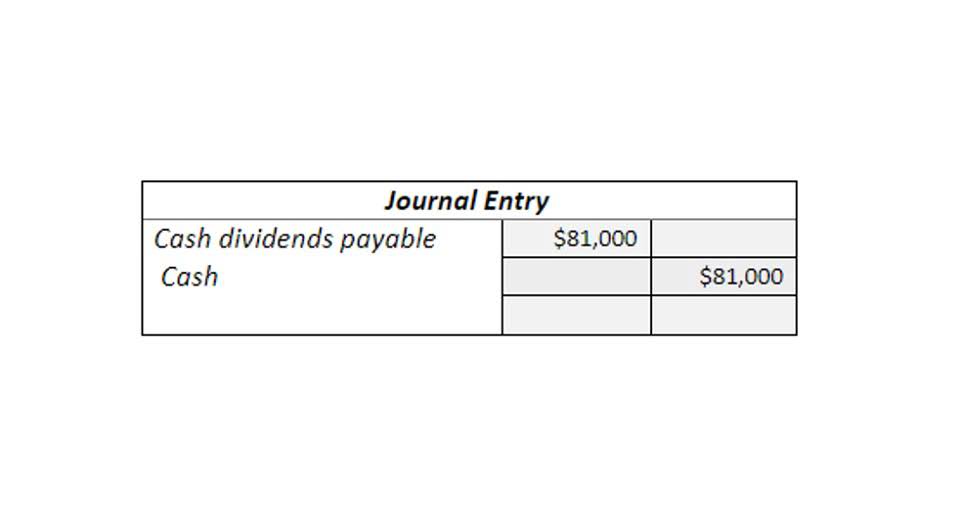Accumulated Depreciation: All You Need To Know + Examples

One primary purpose of calculating accumulated Depreciation is to determine an asset’s book value. Calculating accumulated Depreciation plays a crucial role in businesses’ financial reporting and decision-making processes. If there is no opening of accumulated depreciation, then the ending balance is equal to the amount charged during the year. For the next of years, we apply the same percentage on the booked of written down value of the asset, but the value of the percentage is not given in the data we have. If you’re purchasing multifamily real estate, this spreadsheet is the underwriting tool to ensure you’re making the most informed decision possible.
- Accumulated Depreciation reflects the cumulative reduction in the carrying value of a fixed asset (PP&E) since the date of initial purchase.
- While it represents a reduction in an asset’s value, it is a non-cash expense and does not impact the day-to-day operations or liquidity of the business.
- Keep in mind, other fees such as trading (non-commission) fees, Gold subscription fees, wire transfer fees, and paper statement fees may apply to your brokerage account.
- That means it has a negative balance compared to its corresponding fixed asset account.
- Imagine a florist owns a delivery van with an initial value of $30,000 and a salvage value of $3,000 — the value for which the florist can sell the van at the end of its useful life.
- For accounting purposes, the depreciation expense is debited, and the accumulated depreciation is credited.
As a result, companies must recognize accumulated depreciation, the sum of depreciation expense recognized over the life of an asset. Accumulated depreciation is reported on the balance sheet as a contra asset that reduces the net book value of the capital asset section. On the other hand, accumulated depreciation is a running total of the depreciation expense incurred on a company’s assets over time. Accumulated depreciation is subtracted from the corresponding asset account on the balance sheet to determine the net carrying value or net book value of the asset. This method, which is often used in manufacturing, requires an estimate of the total units an asset will produce over its useful life.
What Is Accumulated Depreciation and How Is It Recorded?
Accumulated depreciation is a balance sheet account that reflects the total recorded depreciation since an asset was placed in service. You would continue repeating this calculation for each subsequent year until the end of the asset’s useful life or the book value (Initial Cost – Accumulated Depreciation) becomes less than the depreciation expense. To see how the calculations work, let’s use the earlier example of the company that buys equipment for $50,000, sets the salvage value at $2,000 and useful life at 15 years. The estimate for units to be produced over the asset’s lifespan is 100,000.

You need to track the accumulated depreciation of significant assets because it helps your company understand its true financial position. Financial analysts will create a depreciation schedule when performing financial modeling to track the total depreciation over an asset’s life. Under the sum-of-the-years digits method, a company strives to record more depreciation earlier in the life of an asset and less in the later years. This is done by adding up the digits of the useful years and then depreciating based on that number of years.
How to calculate the accumulated depreciation on a building after 5 years?
Are you an accountant looking to calculate the accumulated depreciated value of the company’s vehicle? Or is it the machine used to manufacture the toys that you wish to find the total depreciated value of? This calculator will help you find the total depreciated value in real-time. It is a separate contra-asset account that offsets the original cost of the related asset on the balance sheet. By subtracting the book value, determined by deducting accumulated Depreciation from the asset’s cost, businesses can accurately assess the financial outcome of the sale.
- Under this method, the amount of accumulated depreciation accumulates faster during the early years of an asset’s life and accumulates slower later.
- Several online sites calculate depreciation accurately based on the data given to them.
- For example, if a company purchased a piece of printing equipment for $100,000 and the accumulated depreciation is $35,000, then the net book value of the printing equipment is $65,000.
- Using the straight-line method, an accumulated depreciation of $2,000 is recognized.
- Then divide that by 10 to get the straight-line rate, or $2,000, and take 200% of that – so that’s $4,000.
- Writing off only a portion of the cost each year, rather than all at once, also allows businesses to report higher net income in the year of purchase than they would otherwise.
Net book value isn’t necessarily reflective of the market value of an asset. Proration considers the accounting period that an asset had depreciated over based on when you bought the asset. Some people use the terms depreciation versus depreciation expense interchangeably, but they are different. Depreciation expense is the amount of loss suffered on an asset in a section of time, like a quarter or a year. Accumulated depreciation is the sum of the depreciation recorded on an asset since purchase.
Accumulated Depreciation on a Balance Sheet
Accumulated Depreciation is not considered an expense that affects the determination of net income. Accumulated Depreciation does not appear directly in the statement of cash flows. This insight helps businesses assess the need for repairs, maintenance, or potential replacements, ensuring optimal asset management. When an asset is sold, calculating what is accumulated depreciation the gain or loss on the sale relies on accumulated Depreciation. In this method, we apply a percentage on face value to calculate the Depreciation Expenses during the first year of its useful life. Thus, the accumulated depreciation after two, four, and five years of use would be $150,000, $300,000, and $375,000, respectively.
- When we find the total of the depreciated expense of the asset after each year, the answer we arrive at is what is the accumulated depreciation of the asset.
- It is a separate contra-asset account that offsets the original cost of the related asset on the balance sheet.
- It’s important to note that accumulated depreciation is not a separate asset account itself.
- Accumulated depreciation is the total depreciation for a fixed asset that is assigned as an expense since the asset was obtained and made available for use.
- The philosophy behind accelerated depreciation is assets that are newer, such as a new company vehicle, are often used more than older assets because they are in better condition and more efficient.
For example, imagine Company ABC buys a company vehicle for $10,000 with no salvage value at the end of its life. Company A estimates that the vehicle’s useful life is 10 years with no residual value. Liabilities represent obligations or debts a company owes, such as loans or accounts payable. Accumulated Depreciation is not classified as an asset, liability, equity, income, or expense.


Leave a Reply